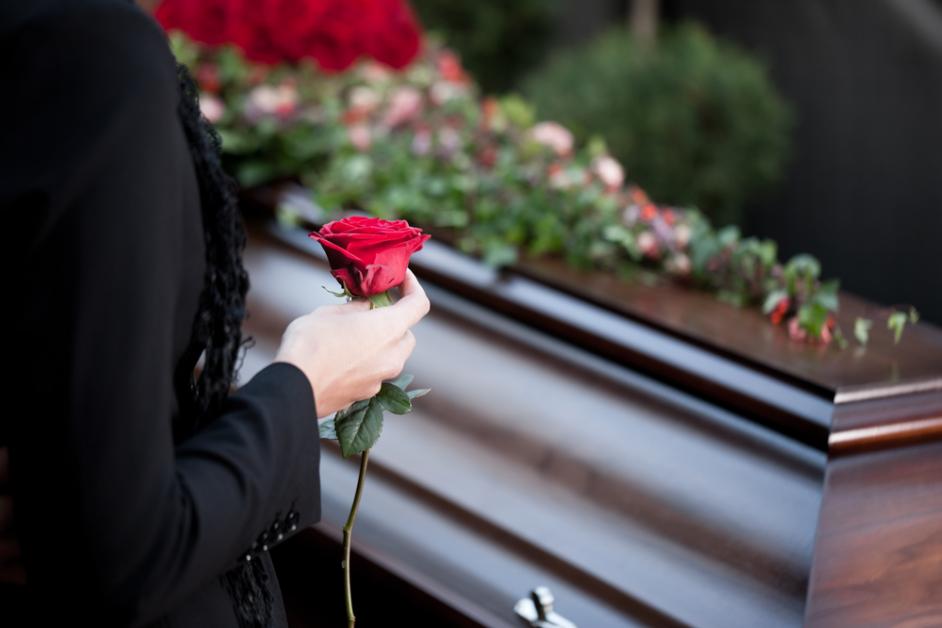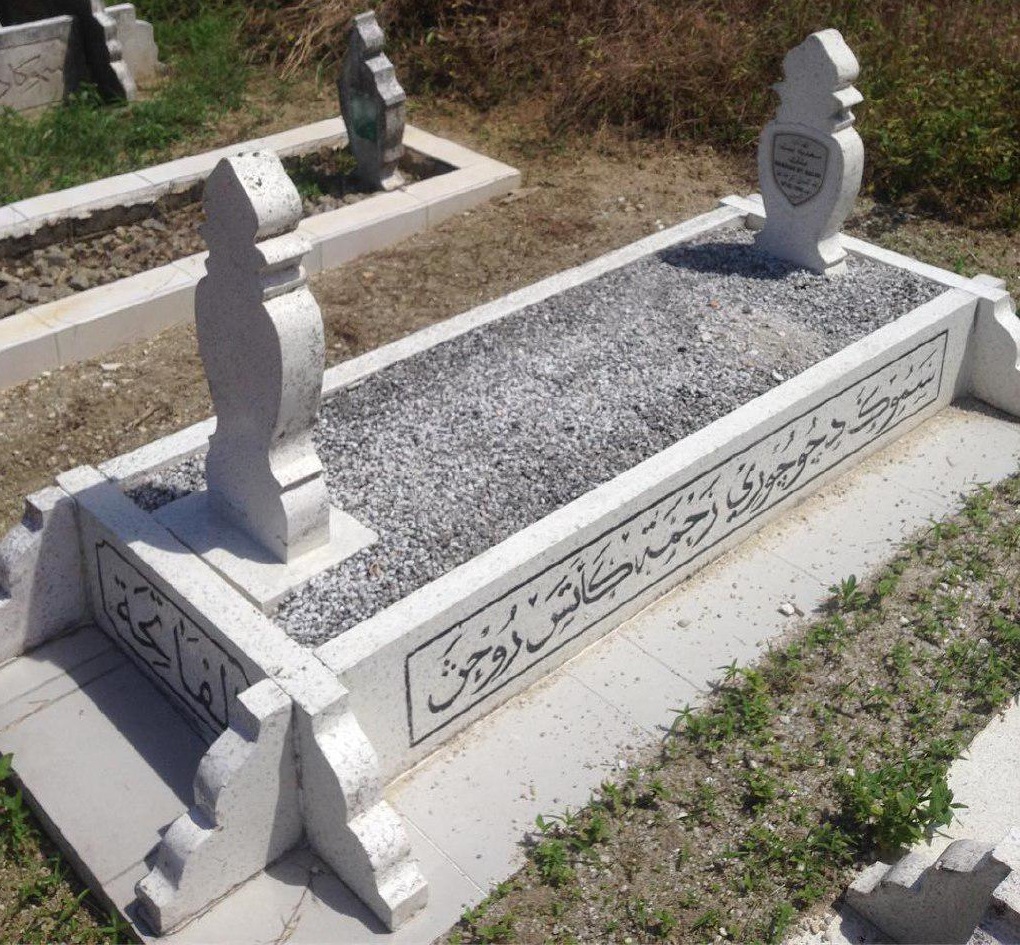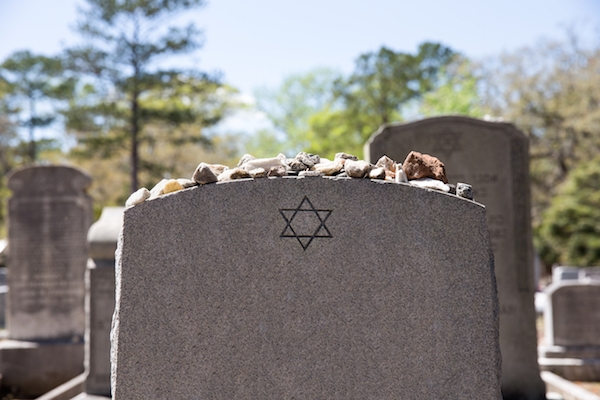Content Attributes
A funeral is a ritual that each nation organizes in its own way. For some, this is the sacrament of the soul’s transition to another dimension. While for others, it is the beginning of a new life. Not a single event in a person’s life associated with so many rituals, symbols, signs and beliefs. The burial ceremony has specific features in each religion and perceived differently by the peoples of the world. But it is based on the understanding of death as a transition to another state. Before a funeral in any culture, it is mandatory to perform an established religious ritual, which is a kind of bridge between the world of the living and the kingdom of the dead.
In general, funeral rites in all world confessions have the same meaning. Prepare a deceased person for the transition to another world, say goodbye and release a loved one from this world. In order to consider the generalities and differences in the traditions of the funeral of different religions, there are a lot of things you need to think about like preparation of the body, its position in a coffin, farewell to a person, burial or cremation. In many religions, washing the deceased is one of the key stages. Whereas, others have different funeral rites.
Well! In this guide, we look up at those funeral traditions of different religions. So, let’s have a look at the following.
A Detailed Guide on Funeral Traditions of Different Religious

1. Christian Funeral
In the Christian tradition, funerals play an important role in the spiritual path of the believer, since death for a Christian is not the end of the path, but only the beginning of its next stage. A Christian funeral services are a concern for both the soul of the deceased and his body. Despite a large number of similarities in the funeral rites of Christian confessions, there are several significant differences between them.
They are due to the peculiarities of doctrines and sacred texts, as well as centuries-old traditions. In some Orthodox traditions services held 8 days, 30 days and one year after death. Orthodox funerals are in many ways similar to those in Catholicism, but with several important differences.
2. Buddhism Funeral
The Buddhist funeral tradition is the most different from the Orthodox one. The rituals that need to perform on the body determined by an astrologer, relying on the exact time of death. It is very important to follow these rules so that the soul of the deceased does not get lost. The astrologer appoints the exact time and direction of the removal of the body.
It is important that for the first three days the body should not be touched so as not to frighten the soul of the deceased. On the day of the funeral, a service held, prayers are read and a burial ceremony performed. After that, all participants must perform a cleansing ritual, wash their face and hands.

3. Islam Funeral
In Islam, people washed the body and then put it in a coffin and place it with their head towards Mecca. The body of the deceased is washed three times: with water with cedar powder, water with camphor and clean water. According to the rules, the Jews put the body in the coffin, and relatives should be engaged in moving the body. Burial rites in Islam are complex. Therefore, they are performed in the presence of clergy. Despite the complexity, all ritual actions must be strictly observed.

It is customary for Muslims to bury the deceased within 24 hours after death, always before sunset. After reading the funeral prayers and farewells of loved ones, the body lowered into the grave. The grave covered with earth and should rise above the surface by 4 fingers, then it poured with water.
4. Judaism Funeral
It is customary to bury a deceased Jew on the day of death; autopsy, embalming, cremation, and organ separation not allowed. Funerals not permitted on Saturdays and during Jewish holidays. The shroud should be white with a plain cloth. If the burial performed in a coffin, then it must unadorned from the most ordinary wood with an obligatory gap in the lower part. Which is a symbol of the return of the ashes on the deceased to the dust of the earth.
After the burial pit is covered with earth, the ceremony of tearing clothes is performed. Returning from the cemetery, everyone washes their hands, clearing themselves from meeting death.

5. Indian Funeral
In this country, most often the body burned at the stake. And a few fragrant sandalwood logs put into the fire for a wealthy deceased. At the beginning of the ritual, the body carried on a stretcher to the sacred Ganges. Where everyone dipped in the water together. The deceased removed from his clothes and placed with his head facing south. The closest relative in the male line goes around the body in 3-7 circles and ignites a fire.
On the 3rd day after cremation, the relatives remove the remains of bones from the fire. In a ceremony, the ashes and the remains of the bones lowered into the waters of the Ganges River.
Wrapping Up!
In the end, if you want to honor the memory of the deceased during these critical times, then you can hire funeral services in order to attend expensive rituals. For example, the casket services in Singapore will help in organizing everything from beginning to end. In addition, you can engage in charitable activities in memory of a loved one or make a donation to those who really need it.



